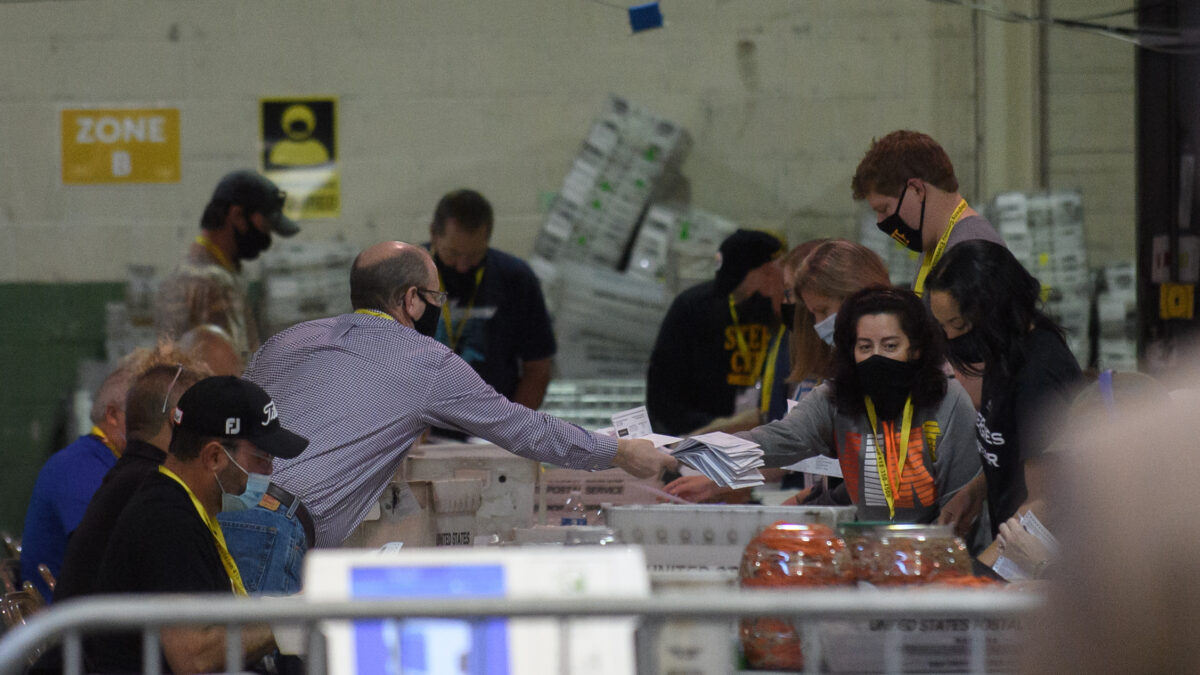Data Scientist Flags Around 90,000 Votes in Pennsylvania

In Pennsylvania, voters surveyed said they did not request absentee ballots, despite records showing that they did. A data scientist says about 90,000 ballots may have been requested by someone other than these people themselves. Meanwhile, about the same number of ballots were returned but not counted.
Williams College Math Professor Steven Miller analyzed data based on phone interviews with over 2000 Republican residents in the state. He laid out his analysis in a sworn affidavit provided to Just the News.
The data was collected by Matt Braynard through a phone survey. He is the former strategy director for President Donald Trump’s 2016 election campaign.
Braynard has assembled a team to call over 1 million voters to look for inconsistencies in the six contested states.
According to the sworn affidavit, the survey was conducted among registered Republicans and ballots have been requested under their name in the 2020 election. But their ballots have not arrived to be counted as of Nov. 16.
There are over 160,000 such ballots.
Of the 2,684 people who agreed to talk, 556 people said they have never requested any ballot.
Meanwhile, 463 said they indeed mailed back their ballots, but there is no record showing they’ve been received.
Based on the sample data, the professor estimates that statewide, there could be over 40,000 ballots that were requested by someone other than the registered voters in whose name it was.
And there could be another over 40,000 Republican ballots that were returned but not counted.
According to unofficial results, Democratic nominee Joe Biden led in Pennsylvania by 82,000 votes.
Federal Election Commission Chairman Trey Trainor told Just the News that the analysis offers fresh evidence of potential voter fraud.
Trainor had previously said he believes Trump campaign lawyer Sidney Powell’s claim of widespread election fraud.
From NTD News


